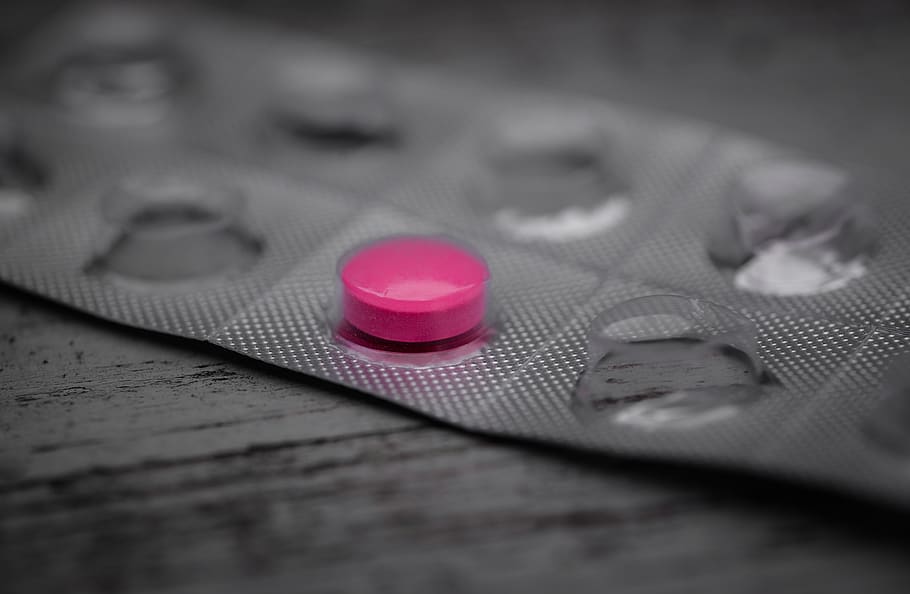Last updated on November 23rd, 2020 at 09:08 am
From now on, an underage girl will be able to walk into the pharmacy and buy a pack of “ellaOne”, known as the “five days later pill”, without any problem in Italy. The Italian Medicine Agency (AIFA), revoked the obligation to show the pharmacist the medical prescription even for teens under 18, after the one for adults was removed in 2016.
Misleading information
The transformation of this pill in an over-the-counter medicine, like a balsamic candy, has gone unnoticed in comparison to the other health issues that catalyze media attention in this phase. Yet it is a delicate question that involves the life of the conceived and the health of the woman. “We are facing a double deception,” Professor Bruno Mozzanega, specialist in Gynecology and Obstetrics at the University of Padua, told iFamNews. The doctor refers to the misinformation that would be made regarding “ellaOne”, presented as an anti-ovulatory. “In reality, the woman ovulates regularly when she takes the medicine on the most fertile days of the cycle. It is an anti-nesting site, because it makes the endometrium inhospitable,” he explains.
Therefore, this pill is not a common contraceptive, but a post-conceptional one. The distinction is not a mere verbal exercise. “Contraceptives prevent conception without interfering with nidation; if hormones are used (the traditional pill) they must be taken every day of the month, while emergency contraceptives prevent the nesting of the embryo, of the child.” It means they are abortive medicine. “This is stated by the document of the EMA, the European Medicines Agency, of 2009 which makes the ‘ellaOne’ marketable,” notes prof. Mozzanega. According to the doctor, “false information undermines a woman’s fundamental right to be correctly informed in order to express valid consent and, therefore, violates her freedom of choice.”
We are therefore faced with a double deception towards women.
The health risks
Not just misleading information. But also “an exposure to a substance that is harmful to women’s health.” The professor at the University of Padua notes that on the “ellaOne” drug card there is no trace of warnings “on the possibility of liver risks” or on the “need for medical control.” Both terms, however, are present in the package of Esmya, a drug used daily to treat uterine fibroids which, explains Mozzanega, “was removed from the market a month ago by the EMA because eight women had to resort to acute liver transplantation, and one of them is dead.” The active ingredient of Esmya is ulipristal acetate, the same as in “ellaOne.” “It should be emphasized,” he continues, “that one of these women suffered such damage after taking a quantity of ulipristal acetate lower than what is in the ‘ellaOne’, that is from three to twenty days of therapy, which is equivalent to one or two pills of ‘ellaOne’.”
There is another aspect that prof. Mozzanega underlines: “It was possible to establish the link between Esmya and toxic effects because all the women had taken the medicine under medical prescription, so it was possible to trace their pharmacological framework. In the case of ‘ellaOne,’ instead, since there is no prescription, it will be impossible to go back up in case of similar accidents.” The gynecologist, who dedicated a study to the subject published on the Sipre website, the Italian Society of Responsible Procreation, of which he is president, concludes: “We are therefore faced with a double deception towards women. Untruthful information is given to her in an area, that of procreation, with a very high existential impact. Furthermore, she is unjustifiably exposing to health risks without telling her. In all this, the adolescent is even more vulnerable.”
